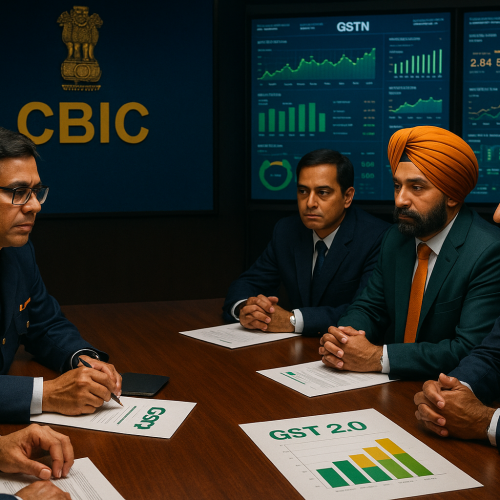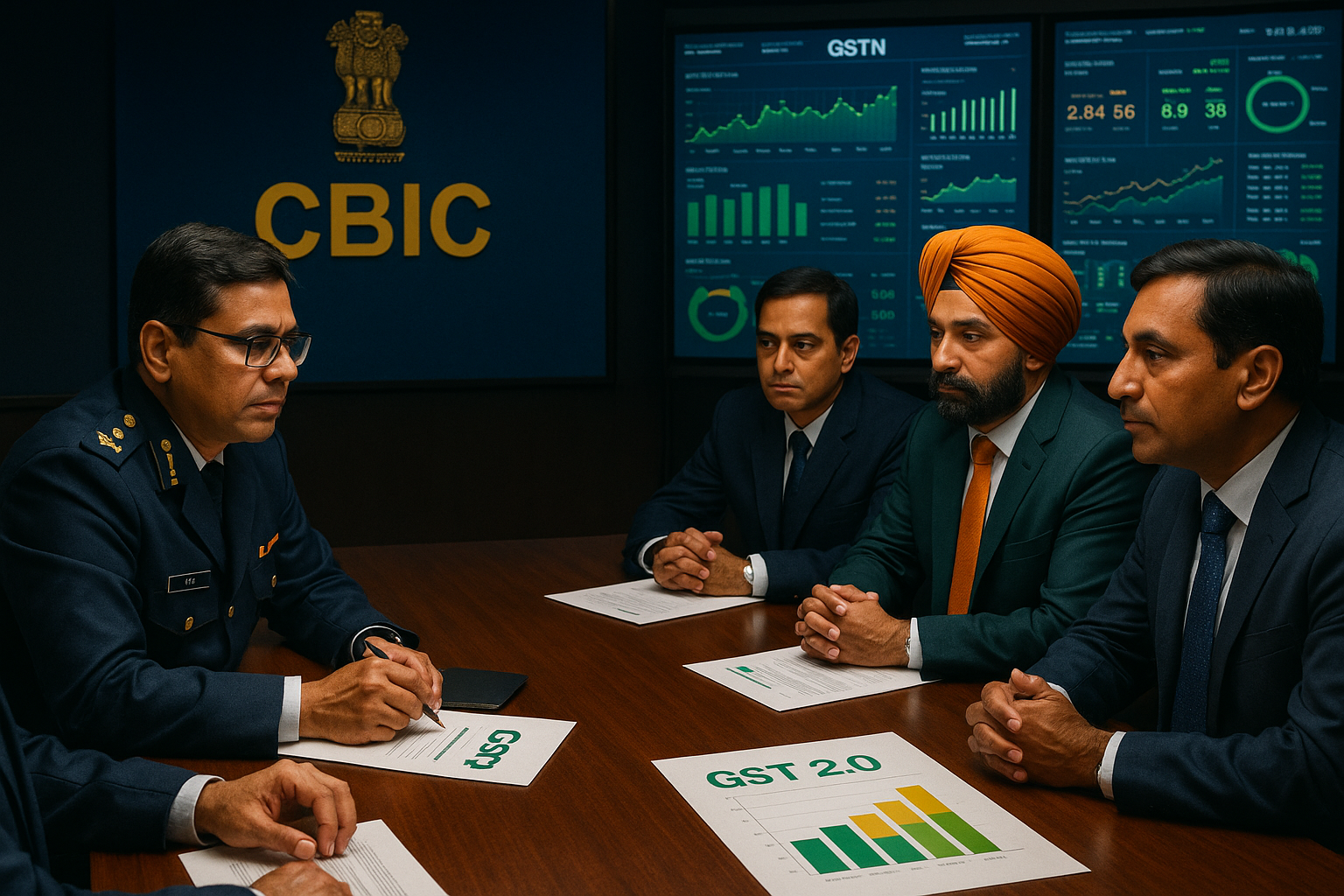In today’s volatile markets, where momentum-driven rallies often dominate investor sentiment, contrarian investing is emerging as a powerful strategy. Instead of following the herd, contrarian investors deliberately take positions that go against prevailing market trends. The approach requires patience, conviction, and a strong understanding of fundamentals—but when applied wisely, it can deliver superior long-term returns.
The Essence of Contrarian Thinking
Contrarian investing is rooted in the belief that markets frequently overreact—both in euphoria and in fear. When most investors chase rising stocks, contrarians step back and seek undervalued opportunities. Conversely, when panic grips the market, they selectively buy into quality assets trading below intrinsic value.
This approach is not about blind opposition. Instead, it is about identifying mispriced opportunities created by crowd psychology and market inefficiencies.
Why It Works in Indian Markets
Indian markets, with their retail-driven momentum and heavy dependence on news flow, are especially prone to herd behavior. Stocks can quickly become overvalued in a bull run, and equally oversold in corrections. Contrarian investors who remain disciplined can turn these excesses into profitable entry and exit points.
Sectors like banking, infrastructure, and FMCG often present contrarian opportunities—particularly when temporary challenges cloud long-term fundamentals.
Key Traits of Successful Contrarians
To succeed, investors must adopt a mindset that values independence and patience. Contrarian investing is not about short-term gains but about positioning for long-term value creation.
Discipline and Patience: Staying invested when the market disagrees is essential.
Strong Fundamentals: Decisions should be backed by data, not instinct alone.
Many of the world’s most celebrated investors, from Warren Buffett to Howard Marks, have credited contrarian thinking as central to their success.
Risks and Challenges
Contrarian strategies, while rewarding, are not without risks. Going against the tide means enduring periods of underperformance, which can test conviction. Misjudging fundamentals or entering too early can also erode returns.
This makes diversification and thorough research critical. For retail investors, contrarian bets should be balanced within a broader portfolio rather than pursued in isolation.
Why This Matters
At a time when market narratives shift rapidly, contrarian investing offers a reminder that the crowd is not always right. For disciplined investors, it provides a path to generate alpha, protect against bubbles, and build resilience.
In a market like India’s—vibrant, fast-growing, yet sentiment-driven—contrarian thinking can become a cornerstone of wealth-building if executed with care.












